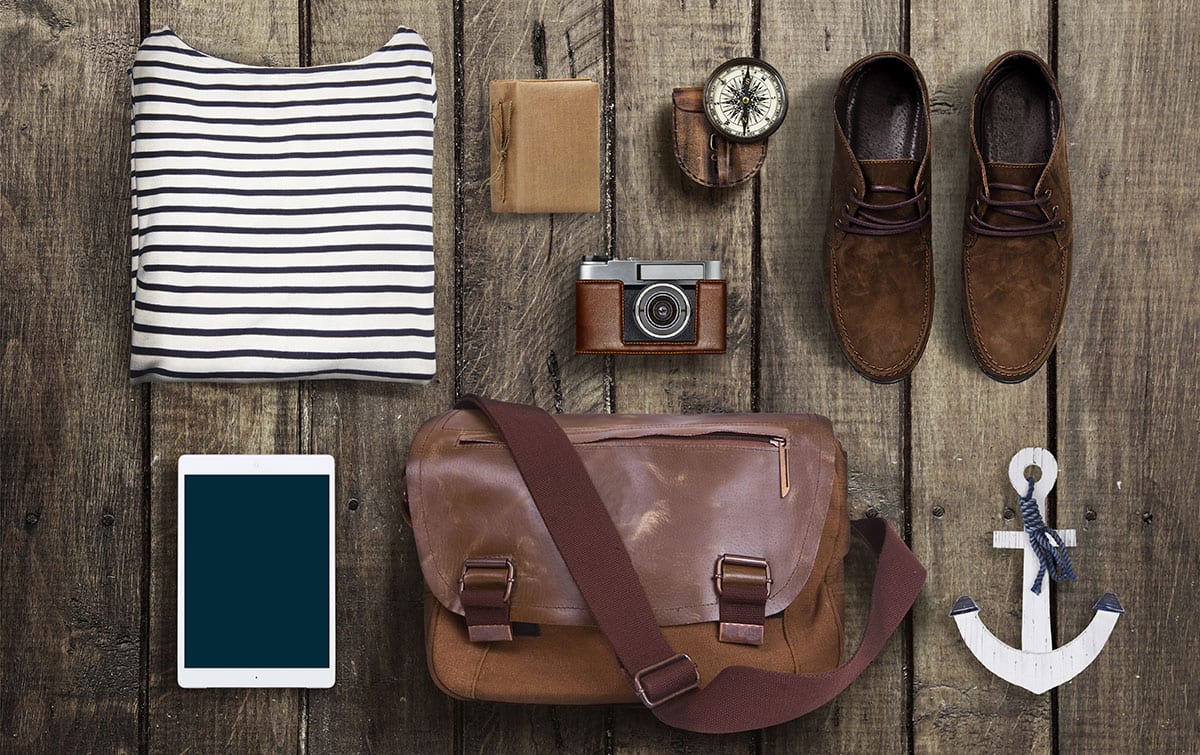You’d be forgiven for thinking that selling online is a different kettle of fish. Truth is, although it may be a different kettle, the fish are pretty much the same.
We’ve been exploring how getting the most out of selling online shares an awful lot of practices and philosophies with good old fashioned bricks and mortar commerce. Up ’til now, we’ve discussed:
Part 1
• Merchandising your online store
A guide that explains the similarities between a good retail display and showcasing your swag online.
Part 2
• Building credibility and establishing trust online
There are lots of indicators in the real world in regards to trust. This article explains what we can do to send out the same reassuring signals online.
Part 3
• Focusing on user experience to increase customers and conversions
User experience originates from the real world around us but here are 5 website specific UI/UX tips to help you get some quick wins on the board.
All of the above are incredibly important areas to consider when setting out your online stall. But the fact remains, however convincing your website is… however wonderful your web shop is… it will be a fantastical flop – if no one knows about it.
Part 4 (That’s this one)
Attracting customers

Optimise (SEO)
Everybody wants to be number one on Google. The reality is, it requires a large ongoing budget and significant resource.
Laying the foundations for a search engine friendly site should be your starting point if you’re serious about the future rankings of your website. Search Engine Optimisation (SEO) is complex and ever changing. Put very simply, it’s about relevance and authority.
Relevance, or on-page SEO, is all about whether search engines can find information on your site that is relevant to the user’s search term. Authority, or off-page SEO, is how much search engines trust your website and determines where you rank.
The rules for both are varied and complex. They change regularly according to the search engine and its algorithms. You can start by making your site relevant to what your audience is searching for.
- Optimise your site’s content in a structured way.
- Help search engines identify the relevance of your pages.
- Identify keywords based on search volume.
- Balance keyword targeting with usability and user experience.
Talk to us about how you can make your site more relevant.
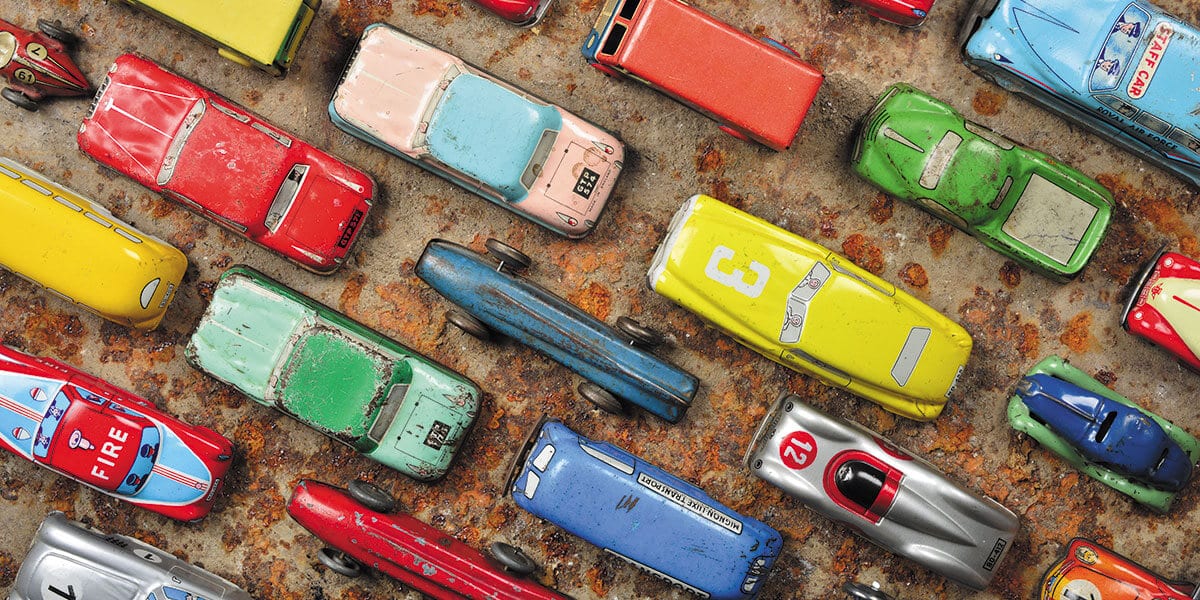
Paid search (PPC)
The adverts you see at the top of Google search results are paid-for adverts. They are a way of driving traffic to your website instantly.
Increasingly for transactional websites and local searches, Google Adwords campaigns are used to push traffic. Google Adwords focus on specified keywords that your customers are currently looking for online. As a Google Partner, we are an approved agency that help tailor and manage these online advertising campaigns for you.
We can advise you on budget, advert content and the best approach to ensuring your business gets found by customers.
With pay-per-click advertising, you only pay when someone clicks on your advert and visits your website. How much you budget daily, weekly, or monthly is up to you.
- Research the market’s keyword demand to learn which to target.
- Long-tail keywords may produce less traffic but they can convert better.
- Measure your success. By seeing which ads get clicked and which don’t, you’ll see where to invest.
Book in a for a free consultation to learn more.

Email marketing
The right message, to the right person, at the right time and in the right place across all devices.
An effective way to re-market to your customers is via email marketing. It’s important to send a combination of both general and focused emails as clients respond differently to both. The way it looks, what you say and a clear call to action all will impact on a campaigns’ success.
However, the starting point of any promotion, in any industry, is how well you collect and maintain your client data. If your ultimate goal is for clients to contact you then this needs to be the focus of your website journey. Collecting data in the right way is as important as receiving the enquiry itself. This information allows you to re-market to your clients in a targeted way.
We are experts in designing e-shots for maximum impact and then reporting back on their effectiveness.
- Offer something of perceived value, like vouchers or ebooks, in exchange for email.
- Email marketing is something that should be done regularly.
- Use with other forms of online and offline marketing to maximise return.
- Use campaign specific landing pages on your website to test their effectiveness.
Book in a for a free consultation to learn more.

Blog
Another popular hotspot for visitors are blogs or latest news sections.
Google likes fresh, new, relevant content, but so do real people! Sure, a lively blog will help your search engine rankings but it will also indicate that you’re open, active and on top of your game.
Blogs are great for attracting new visitors and increasing email subscriptions, helping to build that database of potential suitors.
Frequent updates will encourage users to come back for more, it can help position you as an expert in your field, and it will create the confidence that leads to web enquiries.
- Keep blog posts going out at consistent, regular intervals, so visitors can know when to expect new content.
- Do or do not – there is no try. A blog feature on your website, with no news in the last 6 months looks terrible and could actually be detrimental compared to none at all.
- Give before asking to receive. It’s ok to use a blog post to promote your products and services. But don’t always be selling. Provide plenty of valuable, useful content, for free.
Speak to us about our monthly concierge services that can publish fresh regular ongoing content onto your blog, and keep everything up to date.

Print and direct mail
With the emergence of different online media for promoting your business, offline marketing still offers some of the best return on your investment.
Mail shots, handouts and magazine inserts are just some of the ways offline marketing can get in front of your customers. We offer a varied range of printed products meaning that we have something for everyone. We can help plan, design and print your campaign.
Your online marketing will not be as effective if it is not backed up by offline marketing.
At the end of a client meeting, a networking event or a presentation, you can’t leave your website behind. You need to leave a lasting positive impression using tactile printed collateral such as business cards, leaflets, hand-outs, company brochures and folders.
We have lots of ideas and experience on how to use print to promote your business and drive traffic to your website. Let’s talk.

Engage with social media
To win in web, you have to be there whenever your consumer needs you, to listen to the things they like and to react to the things they don’t.
It’s all about the ‘micro-moments’. Potential customers will need to engage with your business across lots of different channels and devices before taking the next step. You need to be ready to connect with them in whatever medium they want to communicate.
Engaging can build lifelong customers. So what are the routes to engagement for your business?
Being present on social media channels is the first step. Facebook helps you show off the good things you do, Twitter helps you listen to your target demographic, answer questions and join relevant conversations.
- Start building brand advocates with likeable and shareable content.
- Pick up the phone and talk to your clients or engage with them at networking events.
- Regularly write and publish blog articles.
Everything we do is about helping you to engage. For more information on social media management, arrange an appointment.


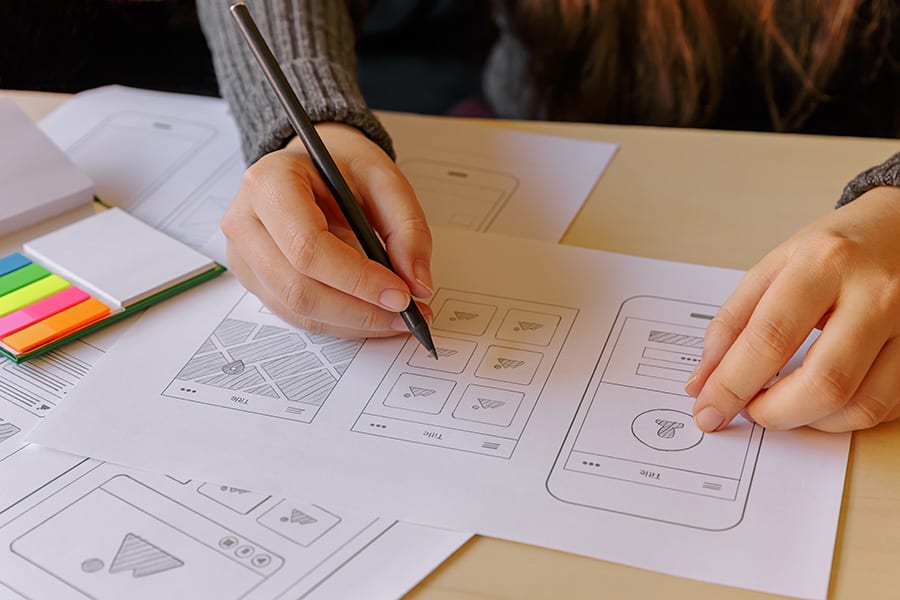

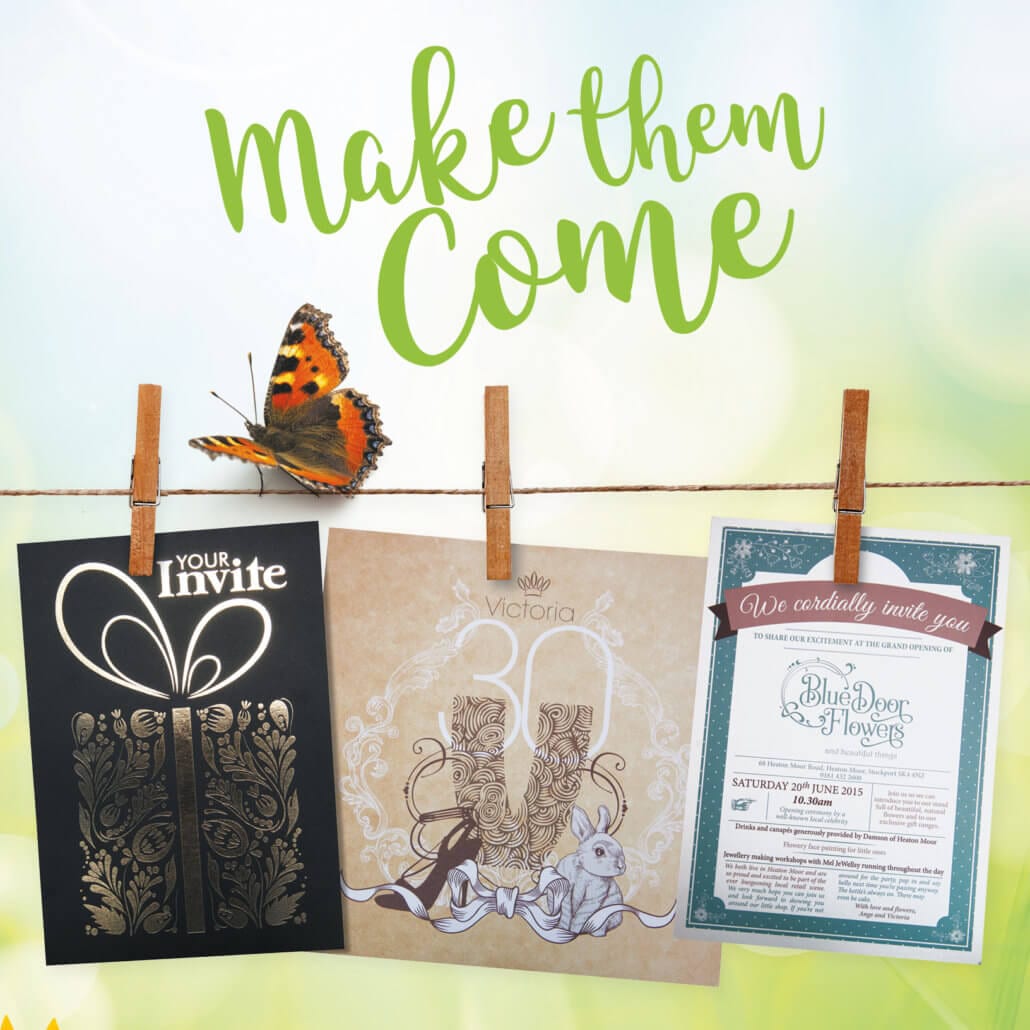

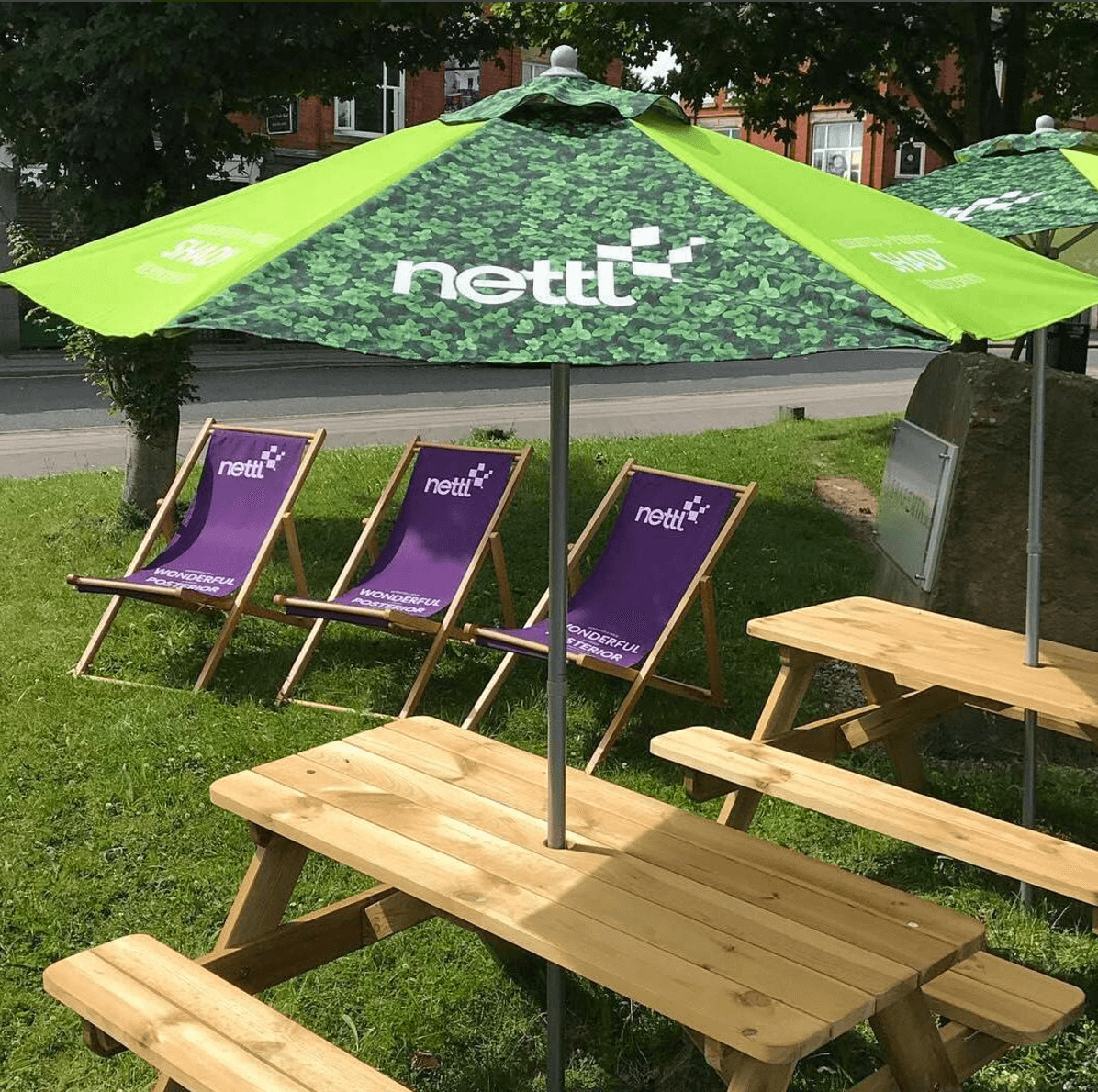
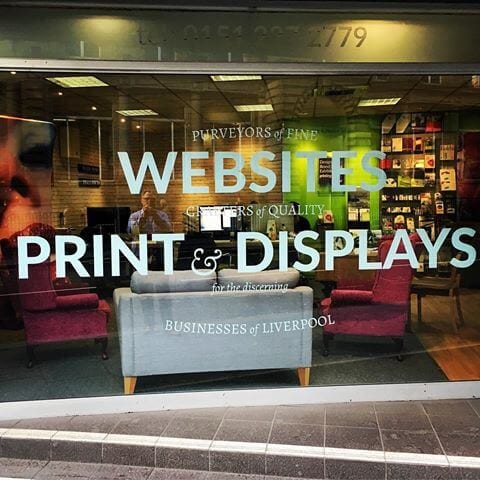
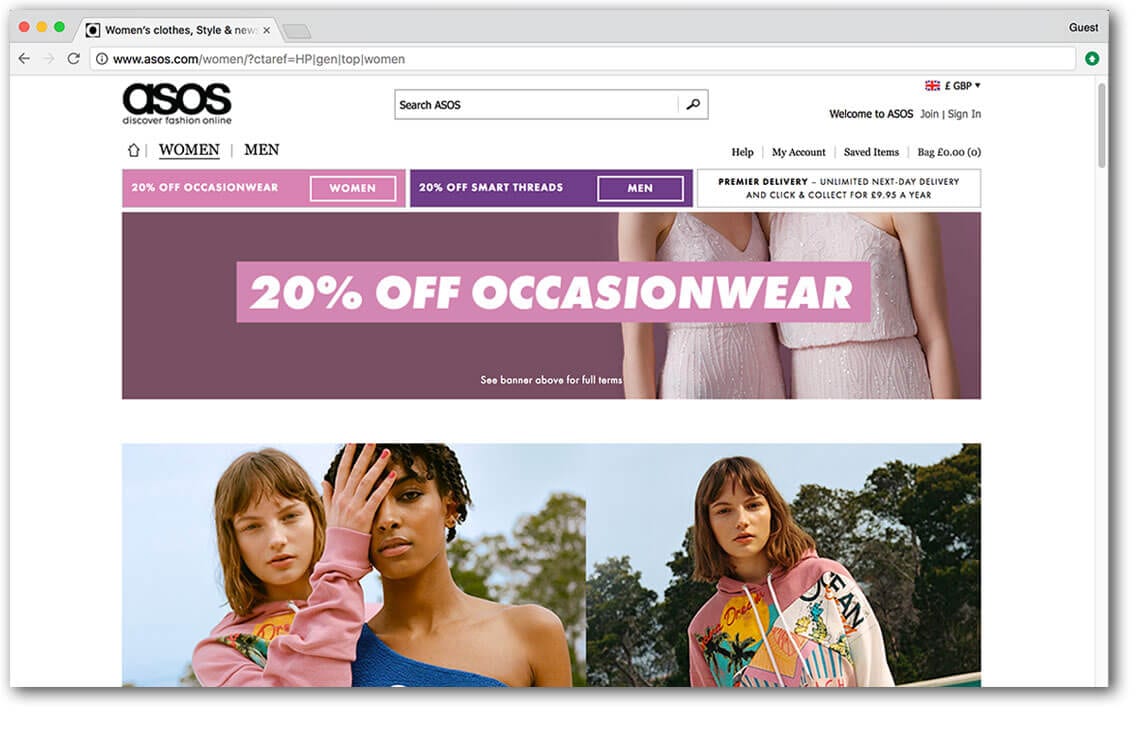 Online fashion retailer
Online fashion retailer 


